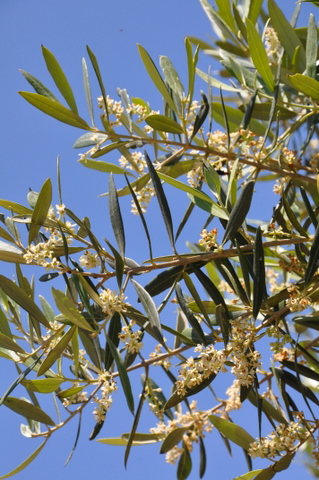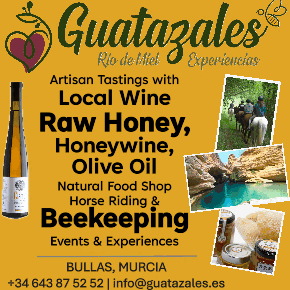
To be listed on the CAMPOSOL TODAY MAP please call +34 968 018 268.

Guidelines for submitting articles to Condado Today
Hello, and thank you for choosing CondadoToday.com to publicise your organisation’s info or event.
Condado Today is a website set up by Murcia Today specifically for residents of the urbanisation in Southwest Murcia, providing news and information on what’s happening in the local area, which is the largest English-speaking expat area in the Region of Murcia.
When submitting text to be included on Condado Today, please abide by the following guidelines so we can upload your article as swiftly as possible:
Send an email to editor@condadotoday.com or contact@murciatoday.com
Attach the information in a Word Document or Google Doc
Include all relevant points, including:
Who is the organisation running the event?
Where is it happening?
When?
How much does it cost?
Is it necessary to book beforehand, or can people just show up on the day?
…but try not to exceed 300 words
Also attach a photo to illustrate your article, no more than 100kb

Plants to be aware of if you are prone to allergies and hay fever
Spanish gardening problems, olives and conifers have surprisingly high pollen counts

The southern regions and provinces of Spain have particularly high pollen counts and the highest allergy rates, and Murcia tops the league table in the number of allergy sufferers due to the dry climate plants which grow here and the year-round heat.
As a result of this, Murcia does have particularly good allergy departments in the regional hospitals, so if you are suffering go to your local GP and talk about the problem. Preventative measures can be put in place to help, and medication administered.
It's also well worth reading the advice given by the aurthorities: simple measures such as not hanging sheets on the line during olive flowering periods really can make a difference to extreme sufferers.
The list below relates to plants in the coastal area of Murcia, but many of the plants listed below also grow extensively in the north of the Region.
Olives
An essential part of any Mediterranean environment, but the tiny, almost invisible flowers on olives have a particularly potent pollen count which causes a lot of problems for allergy sufferers. If you suffer from allergies, avoid olive trees!
Ragweed
During the autumn, and any time it rains. members of the ragweed family, which contains 180 genuses of herbaceous plants and shrubs, have a strong presence. A single ragweed plant has the capability to produce a billion grains of pollen per season and grains can travel more than 400km on the wind. The common ragweed found in the region has a yellow daisy-like flower and is prolific on dry scrubland.
Cyprus trees
In December the Cupressaceae (cypresses and cedars) come into flower, and remain one of the main cause of hayfever and allergies throughout January and February. There are many of these in the Region as it is a common form of hedging, and many don't realise that the plants are in flower as the "flowers" appear merely as a lighter coloured growth on the end of the twigs.
Cereal crops.
In March and April grass pollens are the main culprits, cereal crops falling into this category. They are widely grown on the plains of the Altiplano in the north and are followed in May and June by the olive trees.
PREVENTATIVE MEASURES
- Keep windows closed at all times during times of concentration to prevent pollen from drifting your home.
- Use air conditioning, which cleans, cools and dries the air.
- Minimize outdoor activity when pollen counts are high. Peak pollen times are usually between 10.00 and 16.00.
- Keep car windows closed when traveling.
- Take a shower after spending time outside - pollen can collect on your hair and skin.
- Don't hang sheets or clothing outside to dry during peak pollen seasons, as pollens can collect.
- Minimize exposure to other known allergens during peak seasons, since symptoms are the result of a cumulative effect of multiple allergens and non-allergic triggers.
- Get up-to-date pollen information about your area.





















